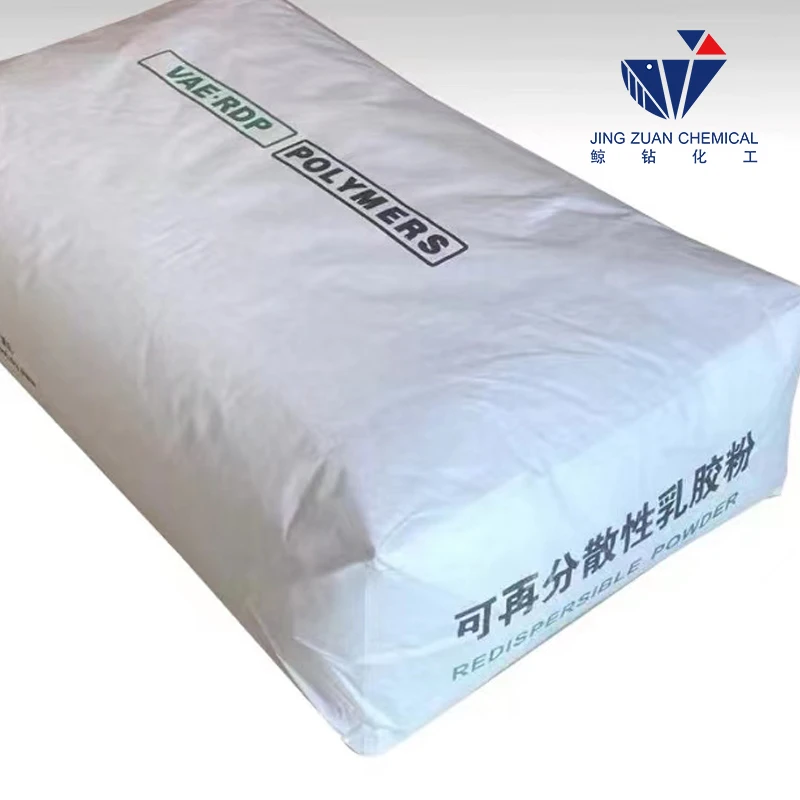
Dec . 14, 2024 18:41 Back to list
tile adhesive hpmc
Understanding HPMC in Tile Adhesives
The construction and renovation industries rely heavily on various materials, and tile adhesives are no exception. A pivotal component in many modern tile adhesives is Hydroxypropyl Methylcellulose (HPMC). This cellulose derivative plays a vital role in enhancing the performance and usability of tile adhesives, making it indispensable in both residential and commercial applications.
What is HPMC?
HPMC is a non-ionic, water-soluble polymer that is derived from cellulose, which is a natural polymer found in plant cell walls. The modification process of cellulose results in a white, free-flowing powder that can dissolve in cold water, forming a viscous solution. Its chemical structure contributes to various properties, such as water retention, workability, and adhesion, which are crucial for tile adhesives.
Importance of HPMC in Tile Adhesives
1. Water Retention One of the primary functions of HPMC in tile adhesives is its ability to retain water. This property prevents the adhesive from drying out too quickly, allowing operators ample time to work with the material. The extended open time is particularly beneficial when tiling large surfaces or in environments where precision is essential.
2. Improved Workability The addition of HPMC enhances the workability of tile adhesives. It creates a smooth and paste-like consistency, facilitating easy application with trowels or spreaders. This improved workability reduces the effort required to spread the adhesive evenly across surfaces, enabling a more efficient tiling process.
tile adhesive hpmc

3. Enhanced Adhesion HPMC contributes to the adhesive properties of tile adhesives, promoting better bond strength between the tiles and various substrates. It allows the adhesive to adhere well to surfaces such as concrete, cement boards, and even existing tiles, ensuring that the tiles remain firmly in place once installed.
4. Thickening Agent HPMC acts as a thickener in tile adhesives, giving the mixture a desirable viscosity. This thickening action helps prevent the adhesive from sagging or slipping on vertical surfaces, which can be critical during the installation of large tiles or tiles in challenging orientations.
5. Flexibility and Shear Strength Tile adhesives containing HPMC often exhibit improved flexibility and shear strength, making them suitable for use in areas prone to movement or vibration. This property is essential when tiles are installed in environments like kitchens or bathrooms where fluctuations in temperature and humidity occur.
Environmental and Health Considerations
HPMC is recognized for its low toxicity and environmental friendliness compared to some synthetic polymers. As a cellulose derivative, it is biodegradable and has minimal adverse effects on human health, making it a preferred choice in eco-conscious construction practices.
Conclusion
In the realm of tile adhesives, HPMC stands out due to its multifaceted benefits, significantly enhancing the performance and ease of use of these products. Its ability to retain water, improve workability, and promote strong adhesion makes it an essential ingredient in modern tile adhesives. As the construction industry embraces more sustainable and efficient materials, HPMC will likely continue to play a crucial role in shaping the future of tile installation. Whether you are a contractor, architect, or DIY enthusiast, understanding the value of HPMC in tile adhesives can elevate your projects to a new standard of quality and durability.
-
Versatile Hpmc Uses in Different Industries
NewsJun.19,2025
-
Redispersible Powder's Role in Enhancing Durability of Construction Products
NewsJun.19,2025
-
Hydroxyethyl Cellulose Applications Driving Green Industrial Processes
NewsJun.19,2025
-
Exploring Different Redispersible Polymer Powder
NewsJun.19,2025
-
Choosing the Right Mortar Bonding Agent
NewsJun.19,2025
-
Applications and Significance of China Hpmc in Modern Industries
NewsJun.19,2025







